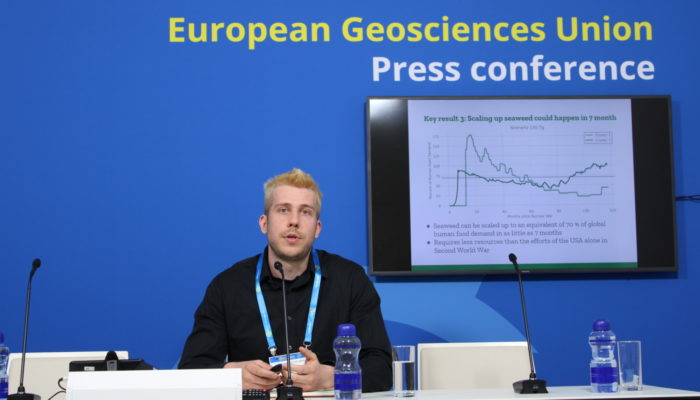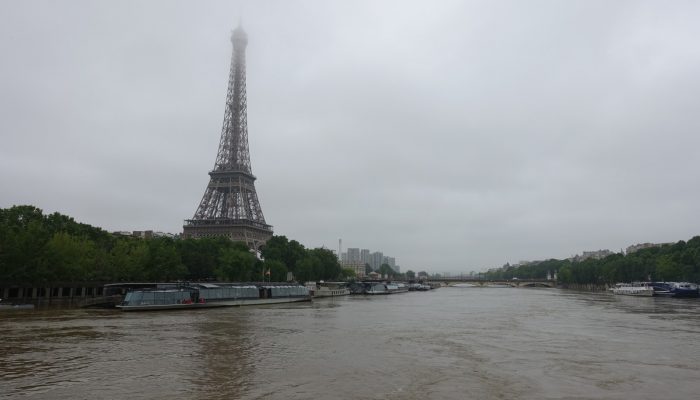A few weeks ago, at the European Geosciences Union General Assembly EGU23, a group of researchers from different disciplines briefed the media about the impact of war on the oceans, sands, and people. Among them, Florian Ulrich Jehn’s presentation stood out for its rather unlikely proposition: that seaweed appeared to be a promising candidate as a resilient food solution in nuclear winter. I ...[Read More]
Seaweed: an unlikely but promising food solution in nuclear winter?


